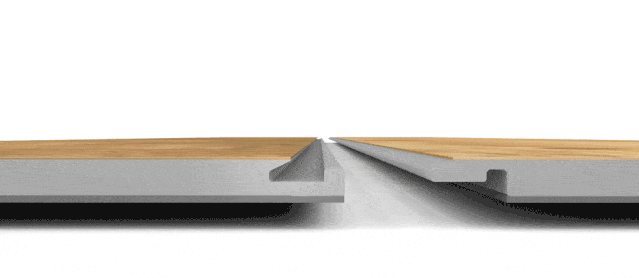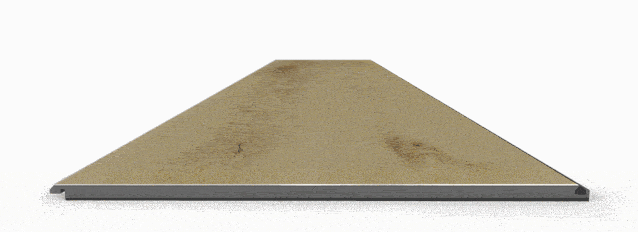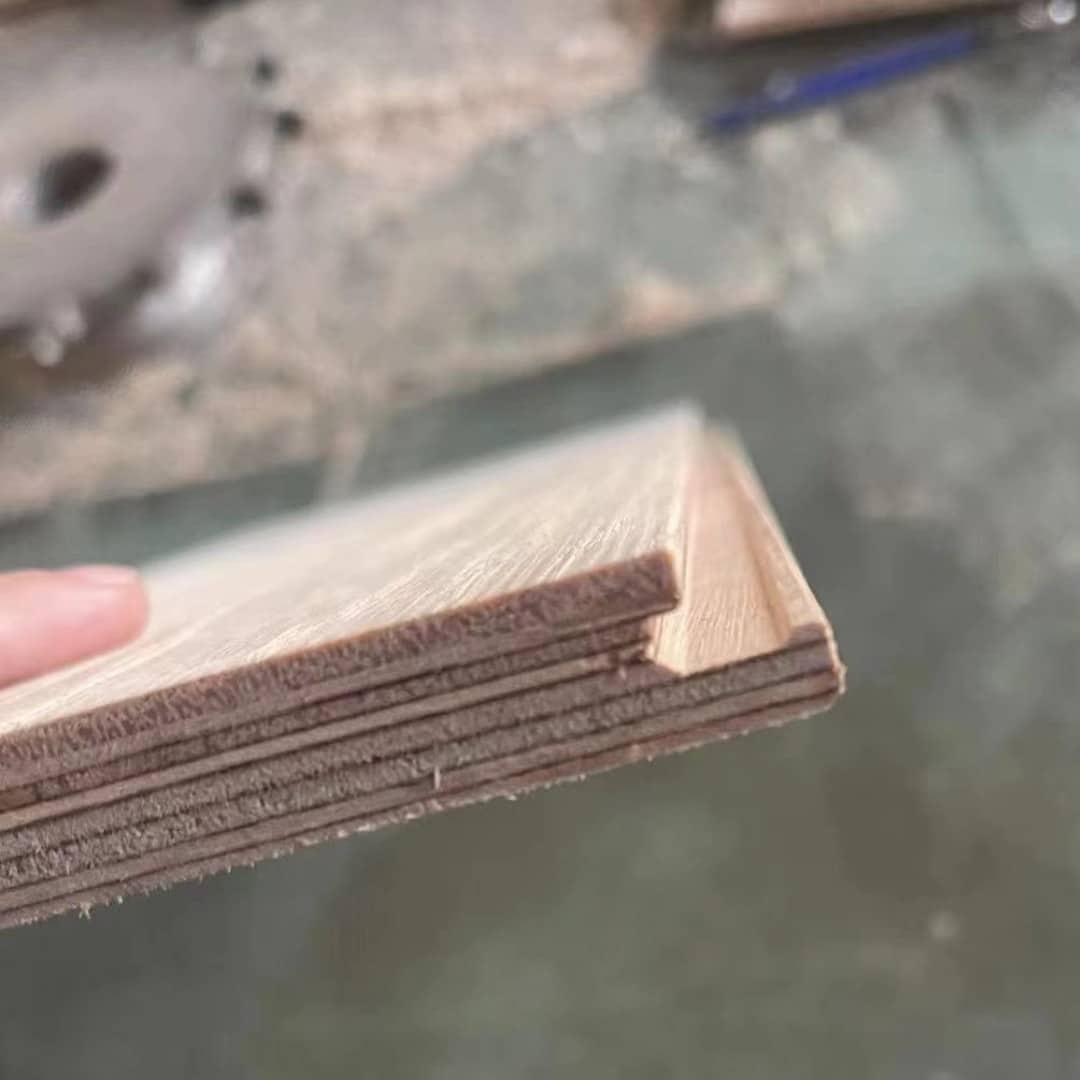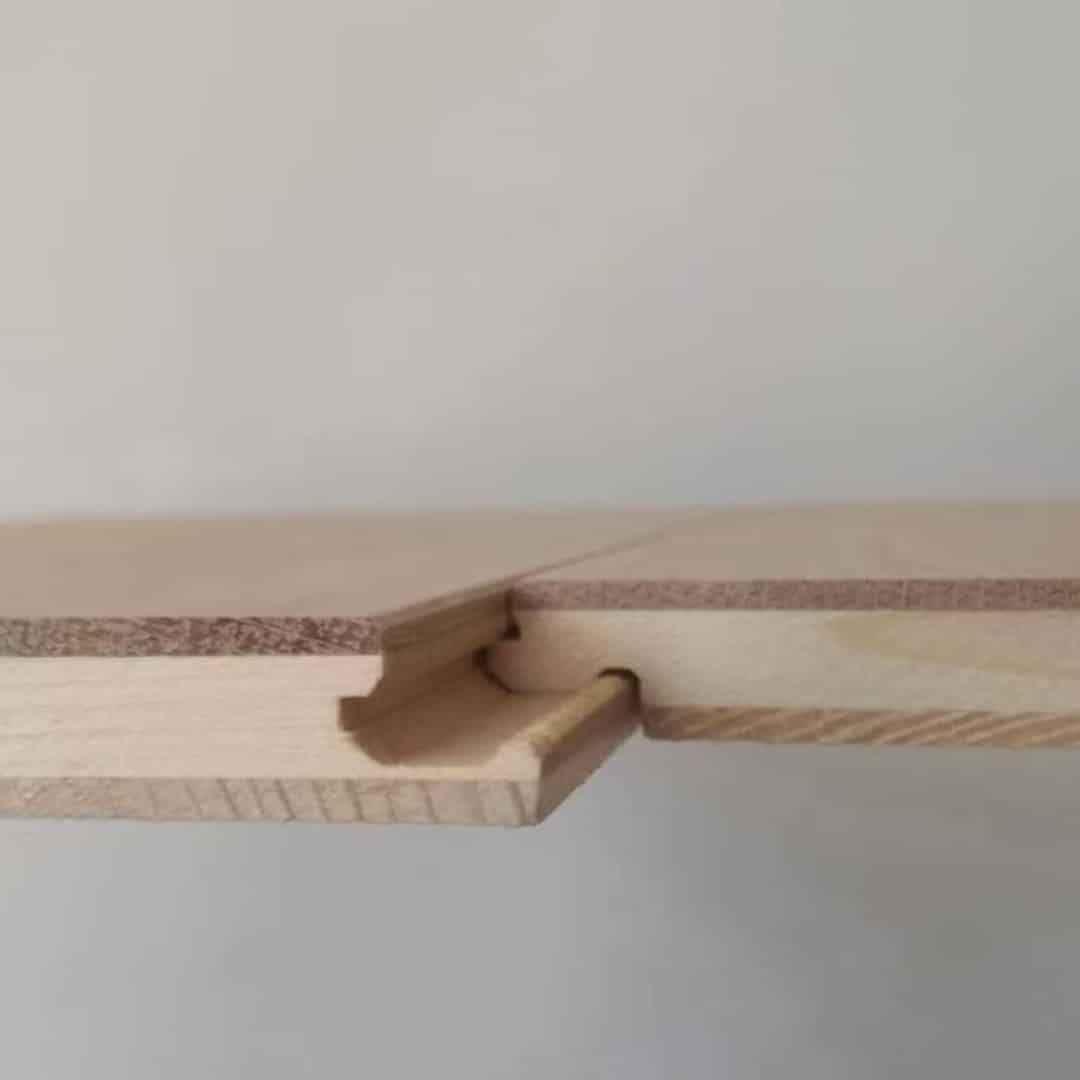The Difference between CLICK and T&G Flooring.
Why More and More People Choose CLICK?
Click Flooring
Refers to the process of flooring, can be completely nail-free, glue-free, keel-free, directly laid on the ground floor.

T&G Flooring
Compared with the traditional flooring, click flooring completely overcome the floor by the external hot and cold, dry and wet changes in the process, resulting in problems such as leaving the seam, warping and drumming, saving the room height, and can be repeatedly disassembled and used, economical and practical!

Here are some advantages of click flooring:
1. More stringent requirements for plywood
In general, the click flooring can withstand 450 kg to 1 ton of tension, so the click flooring has higher requirements on the physical properties of the plywood such as density, expansion and relative humidity, production equipment, processing technology, etc.


2. Better overall laying effect
The click flooring uses advanced equipment in the production process to ensure the accuracy of the click avoid wave height difference.
Industrial standard instead of manual laying standard reduces the error of manual laying. Due to the click force, the click flooring extends to all sides as a whole with the change of temperature, avoiding the local bulge, solving the inherent deformation problem.
3. Glue-free laying
T&G flooring in the laying need to use glue , but most of the glue contains formaldehyde and other chemical ingredients, with more easily caused by indoor pollution, with less and fear of connection is not strong.
4. Reusable
Click flooring is easy to install without glue, easy to disassemble and reusable, especially suitable for temporary places such as exhibitions and shopping malls.
Why do click flooring need to be glued?
The most important purpose of the click flooring installation and glue is to prevent moisture. After the installation of the glue, it will be able to seal the seams, play a preventive role, add a layer of insurance to improve the service life of the floor.
Thanks for your reading!
Any further assistance please be free to ask.
- +971 4 2276 712
- info@thefloorist.com
 Black & White Wallpaper
Black & White Wallpaper Pastel Wallpaper
Pastel Wallpaper



